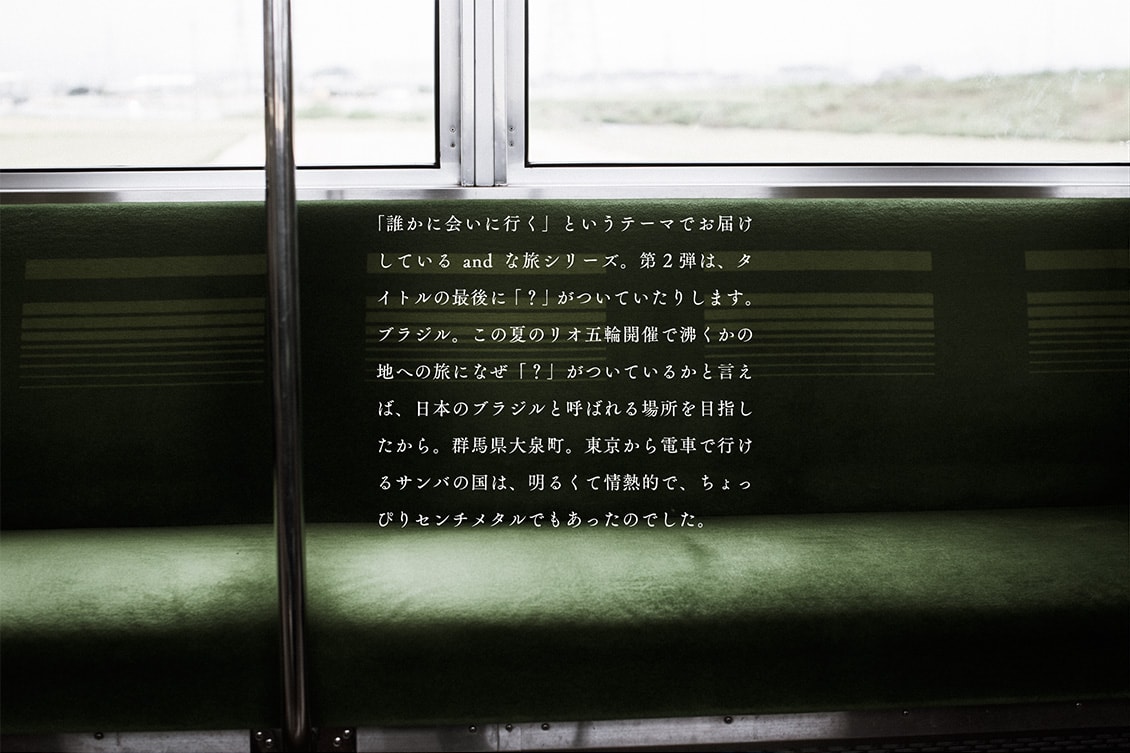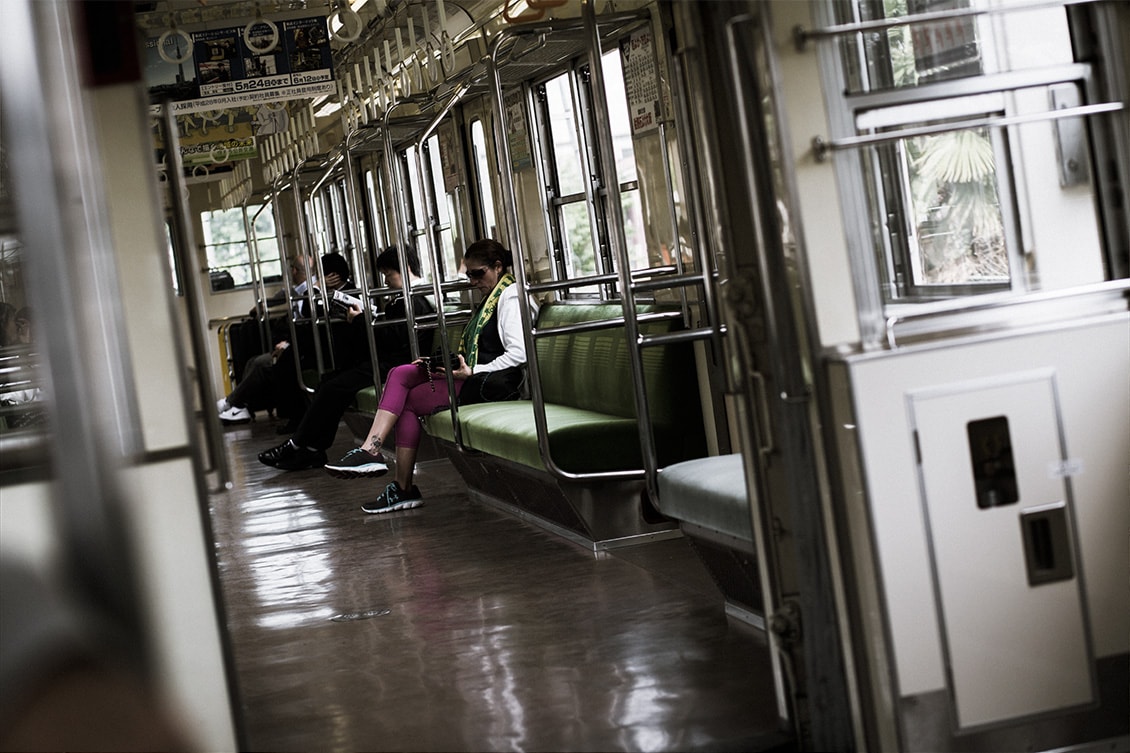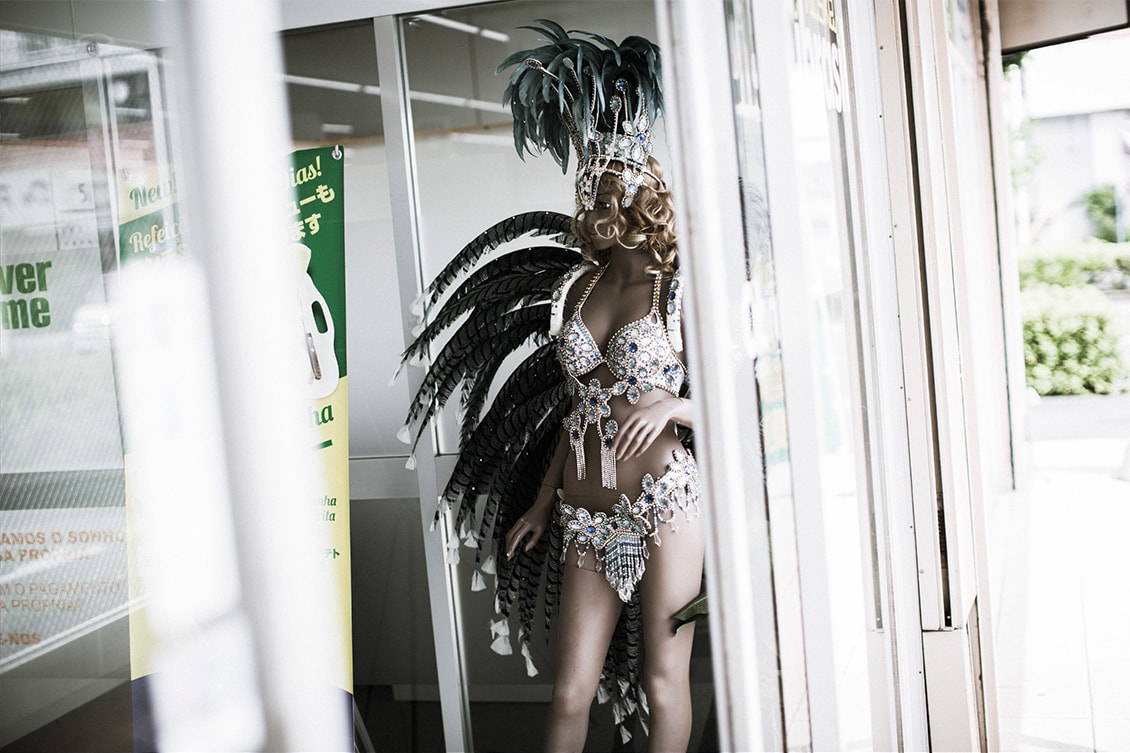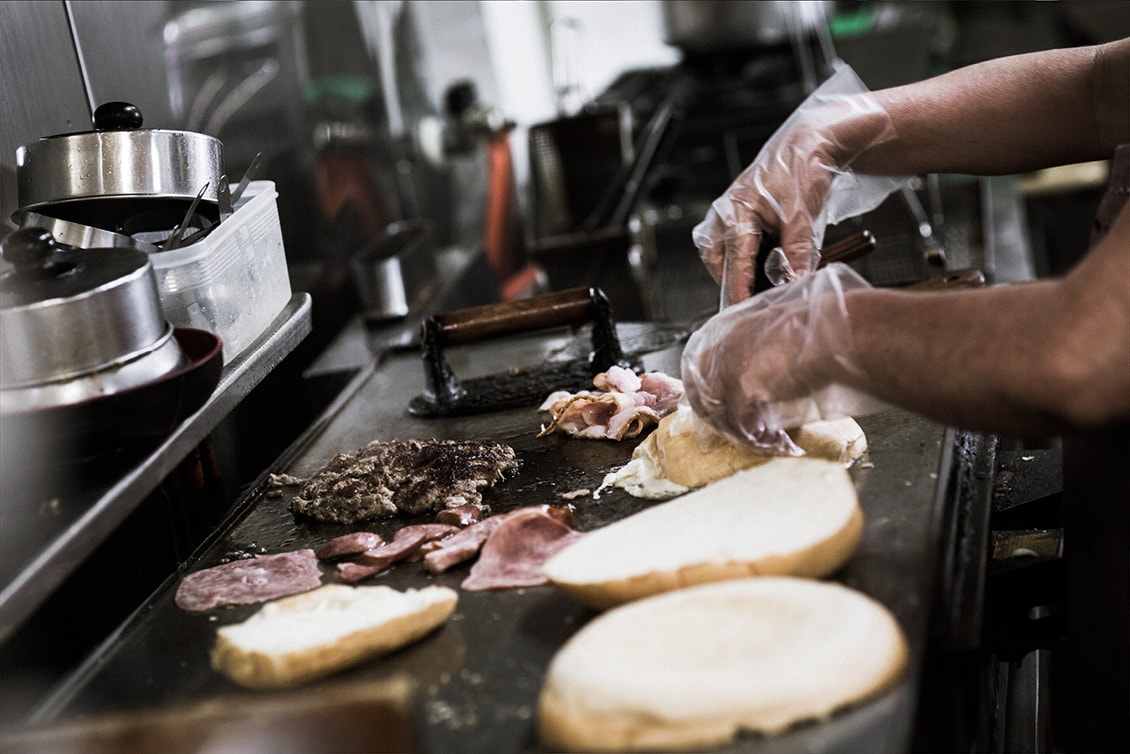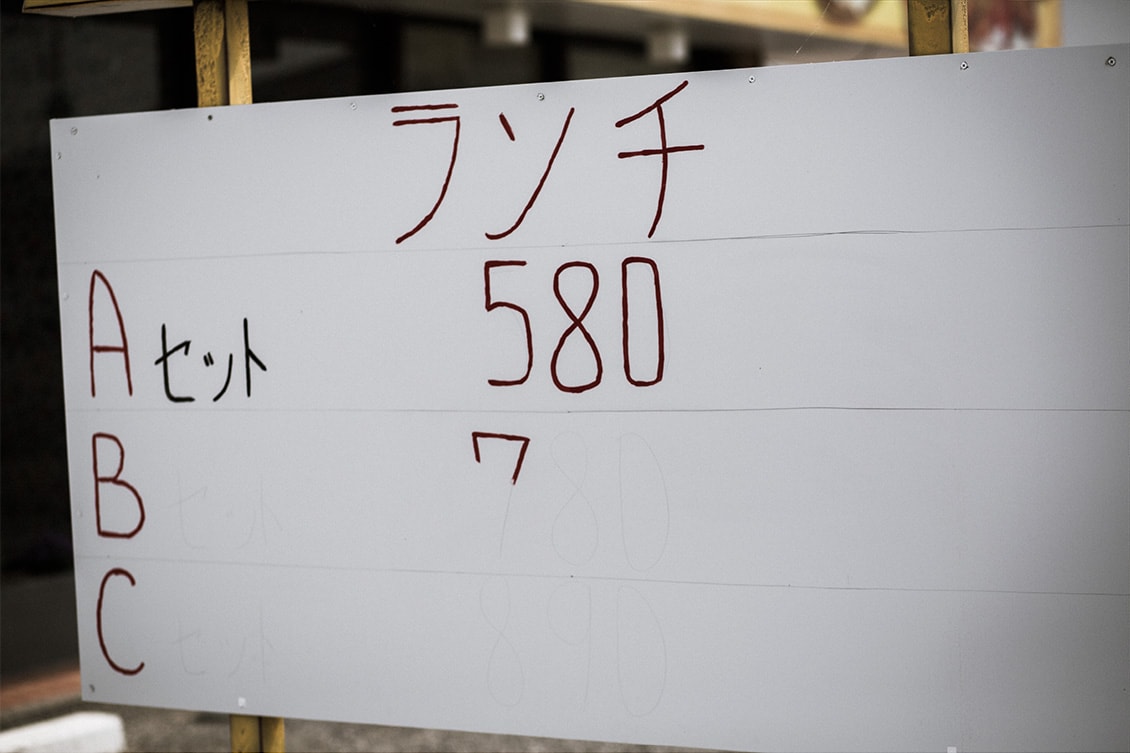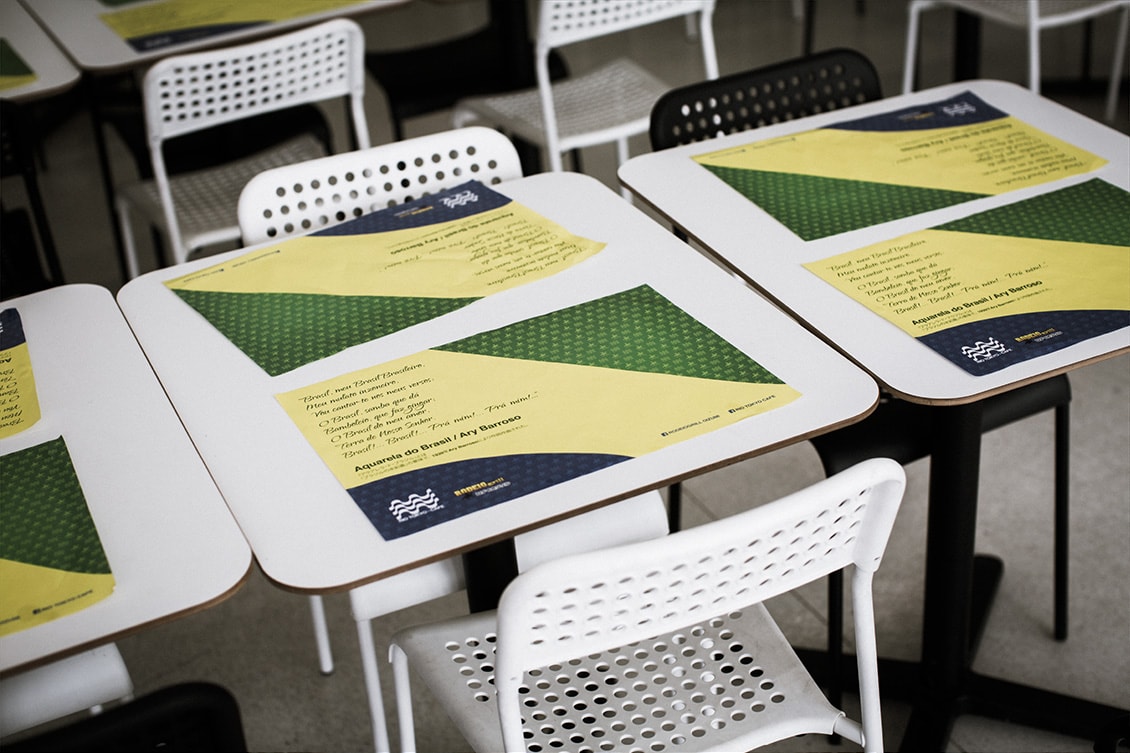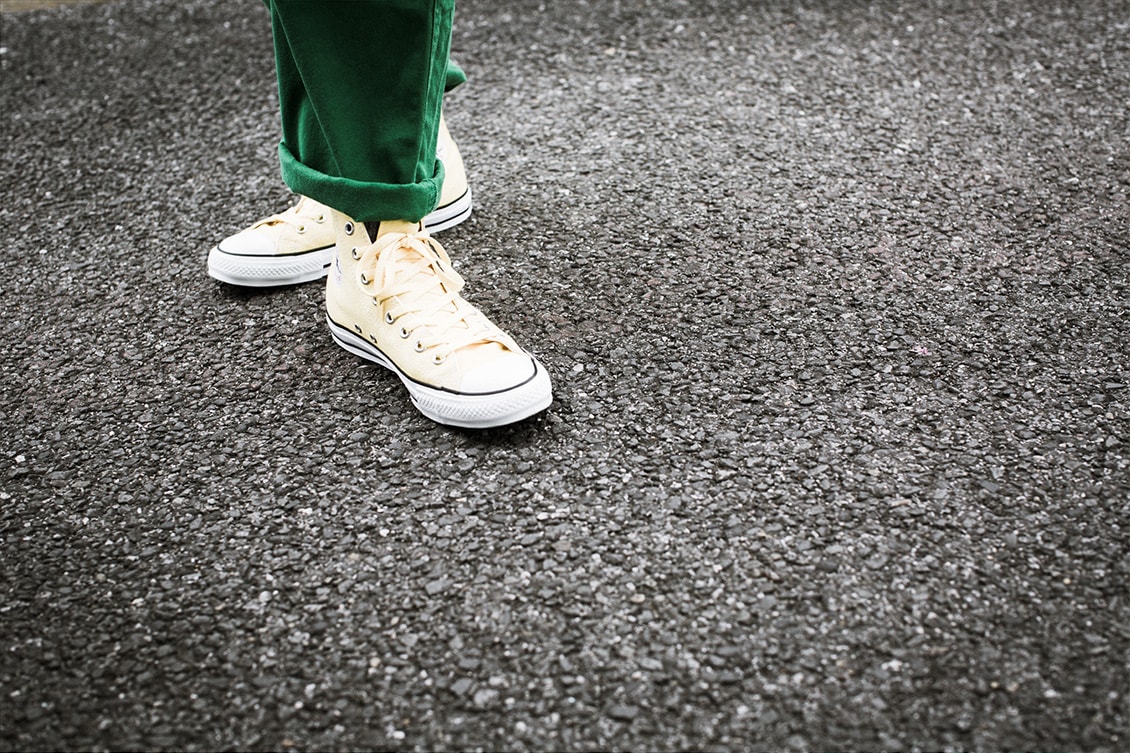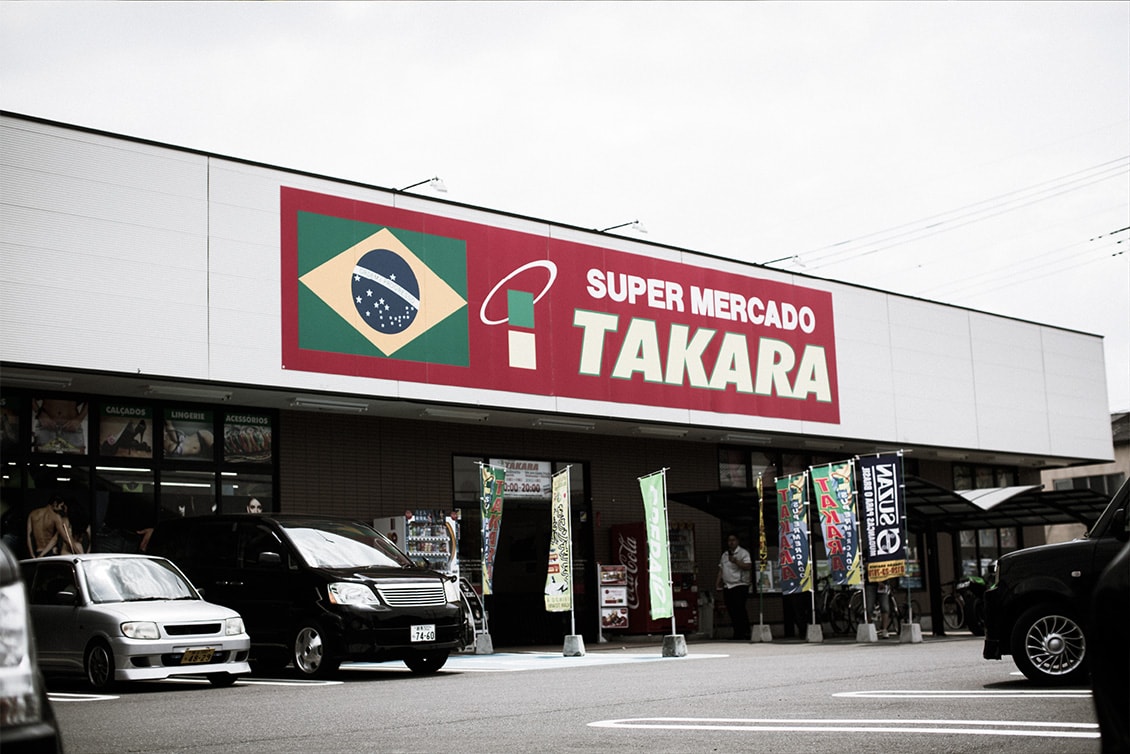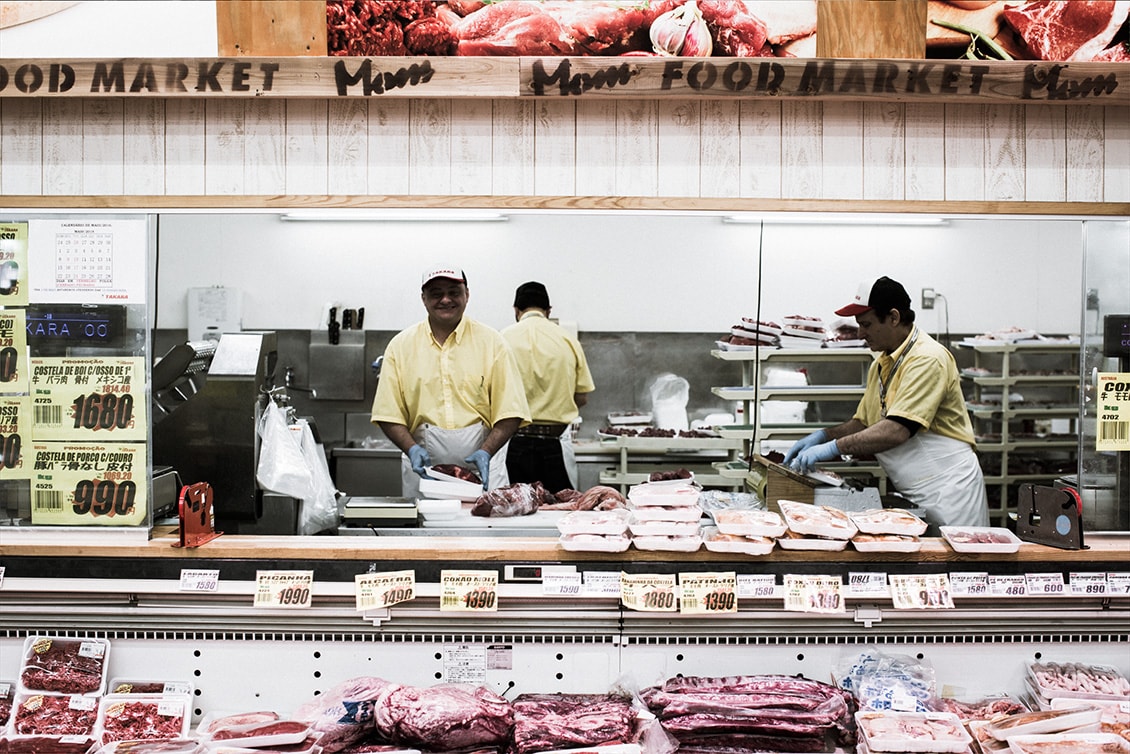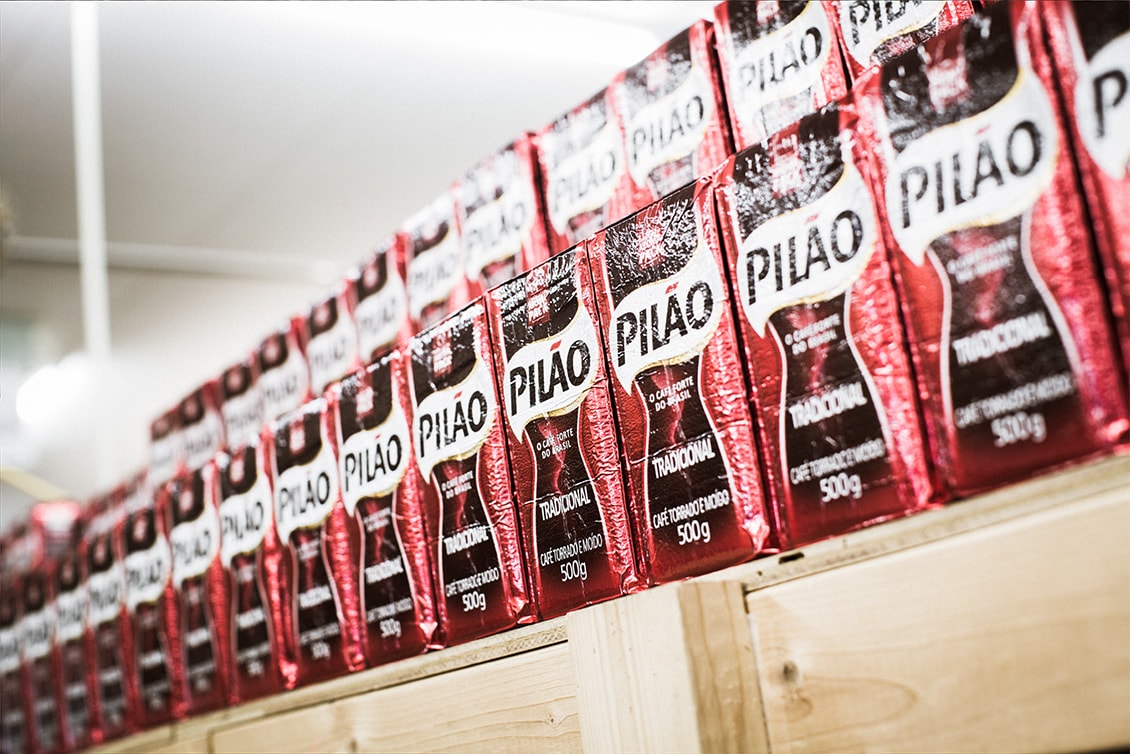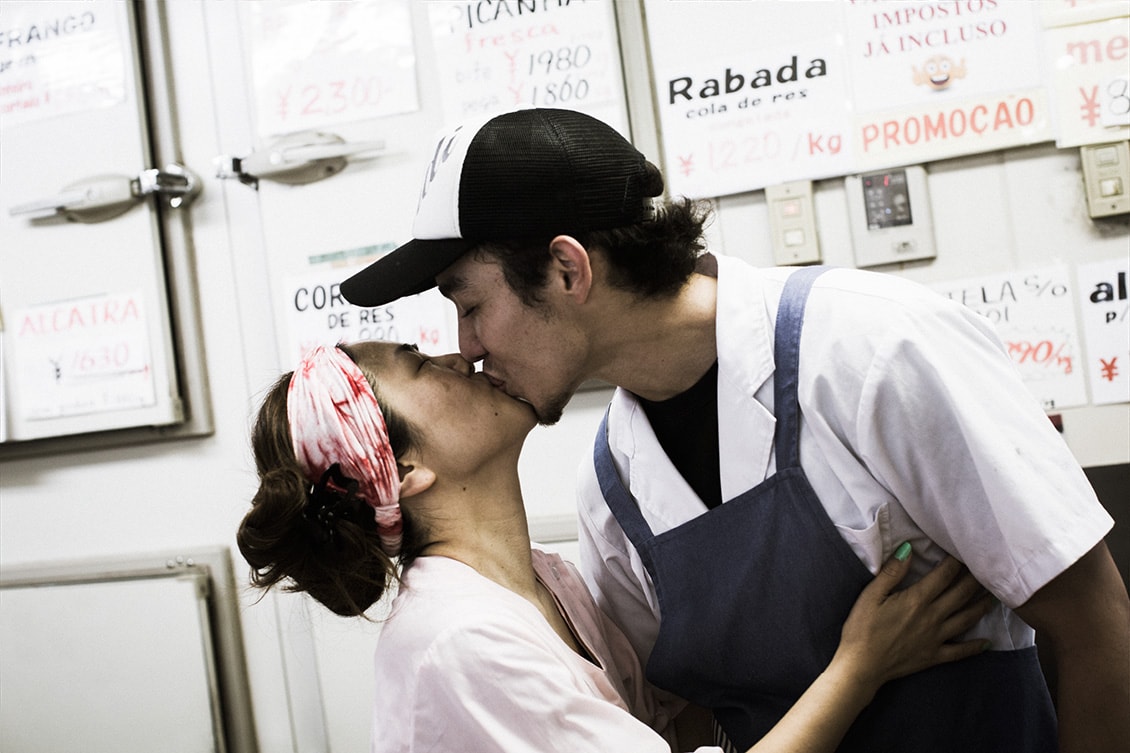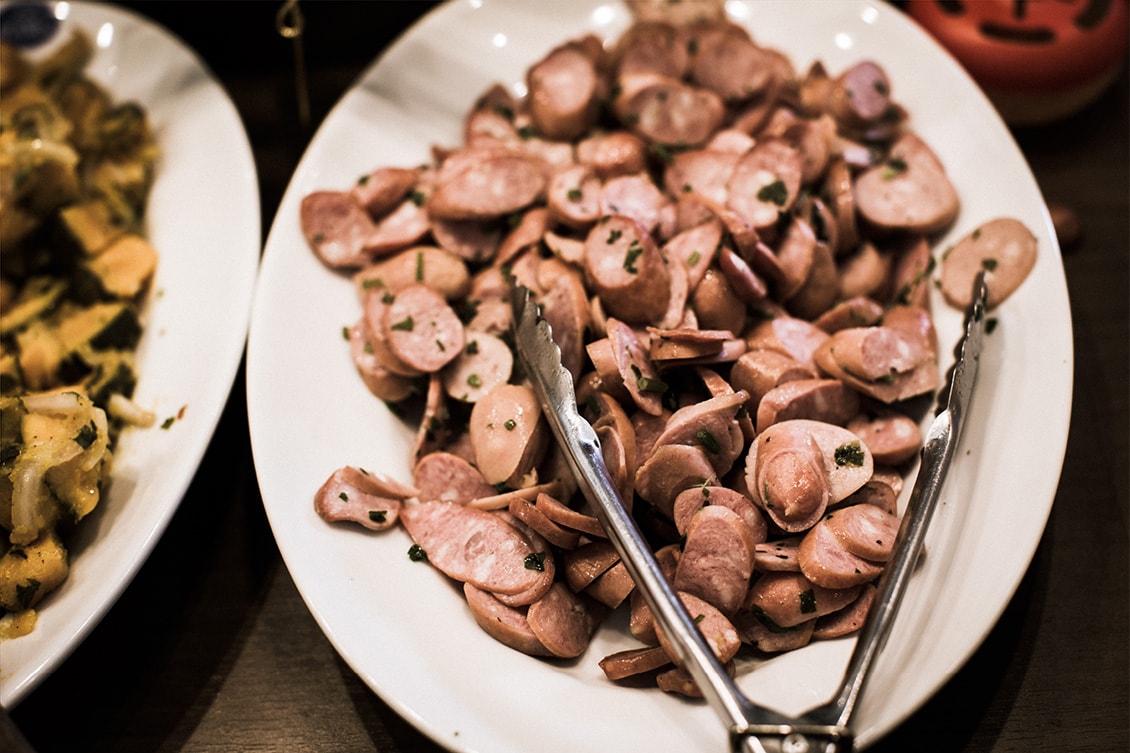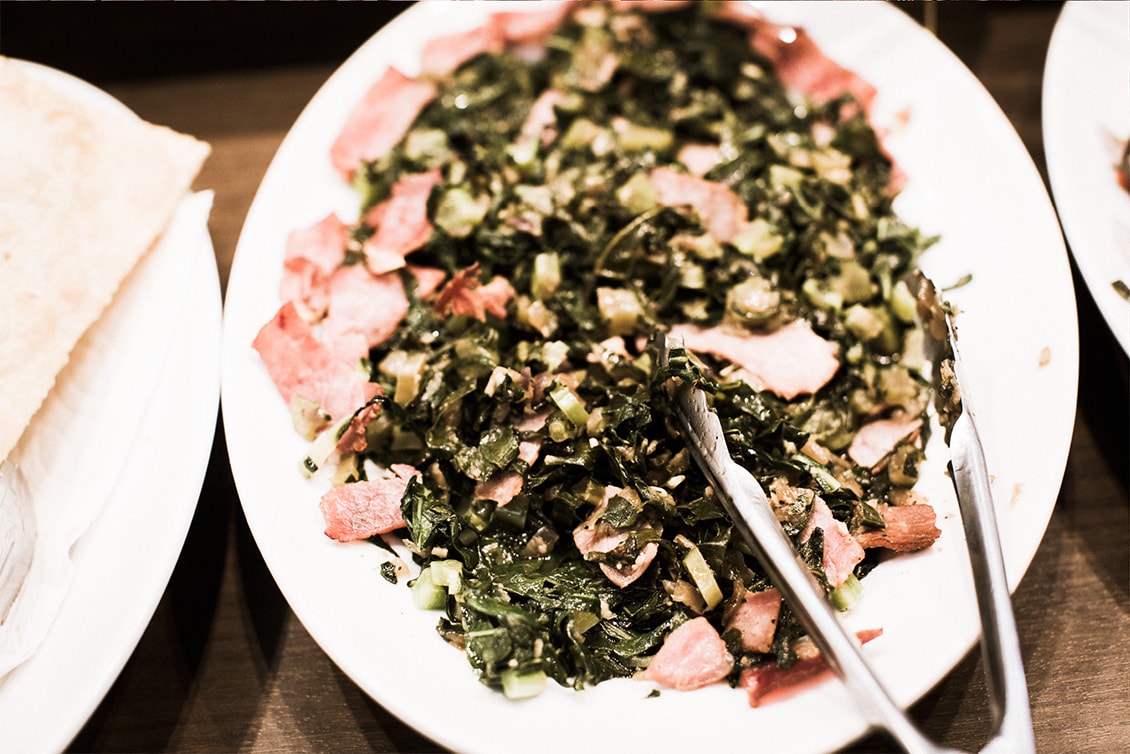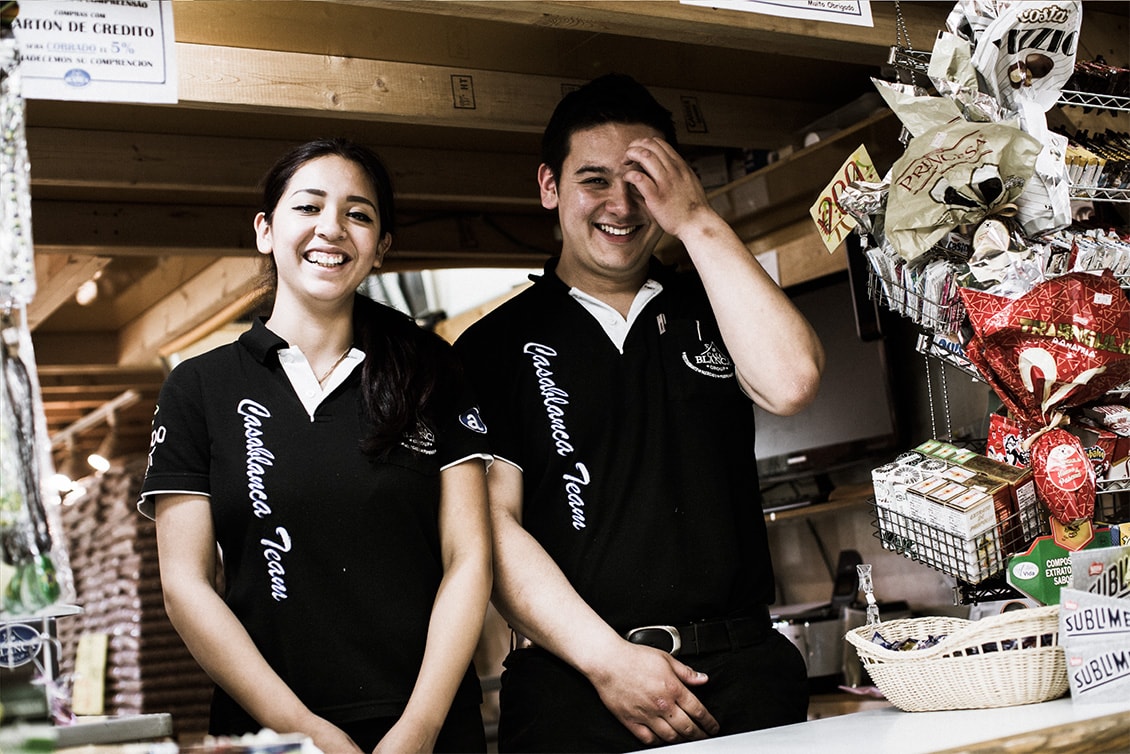撮影:関 暁 取材・文:唐澤和也Shooting by : Satoru Seki / Interview and Story by : Kazuya Karasawa
バックパックには、ちょっとしか荷物を入れないと決めていた。
なにせ、ふだんの僕のバックパック(タウン用)は、ひくぐらい重い。旅立ちの前、試しに体重計に乗せてみたら8.9kgという恐ろしい数字が現れて、とりあえず見なかったことにしたほど。というわけで、カリマーの登山用バックパックに詰め込んだのは、『地球の歩きかた ブラジル編』とノートにペンとICレコーダー、あとはお茶と財布ぐらいなもの。軽い。気のせいか、心も軽くなる。本誌4月号の「and台湾」でも感じた、仕事なのに遊びのような感覚。1mmぐらいは浮いているんじゃないかというふわふわ感で、いざブラジルへと向かう。
だがしかし、近くて遠い今回のブラジルは、電車の乗り換えやけに多し、だった。
今回のブラジル行は、ALL電車NO飛行機で、目指すは日本のブラジルの誉れ高き群馬県の大泉町。まずは、地元の武蔵小山から東急目黒線で目黒へ。山の手線で日暮里、日暮里からは常磐線で北千住を目指す。北千住からは東武特急りょうもう3号に乗り換えて館林へ。そしてようやく東武小泉線に乗れば、旅の目的地である「西小泉」へとたどり着く。トータル2時間19分のショートトリップ。新幹線ならば1本で、品川から新大阪まで行けたりする。
土曜日だと言うのに、スーツに革靴で働いている人がいる。
土曜日だからこそ、トレッキングブーツで登山へ向かう人がいる。
我が足元のビーサンは、自由の象徴だ。
たとえばアウトドアでの仕事が終わるやビーサンにはきかえてリラックスする仲間を見ているうちに絶対欲しくなり、西表島の旅で手に入れたお気に入りで、僕は日本のブラジルを目指すことにしていた。
武蔵小山からアスファルトの道を踏んでいたそれは、最後の乗り換えポイントである東武小泉線に乗るまでは孤独だった。そんなマイビーサンに仲間ができたのは、館林駅から。映画『800万の死にざま』の頃のアンディ・ガルシアのような色っぽい外国人男子が、向かいの席に座るや眠りについたのだが、足元にはぶらりとビーサンがつっかけられていた。ブラジル人だろうか。プエルトリカンかもしれない。人口約4万人の大泉町は、そのうちの10%ほどがブラジル人という説もあり、そのほかにもペルーの方などかなりのミクスチャー感溢れるユニークな町だと言う。果たして、アンディは、僕と同じ西小泉駅に着くや目を覚まし、大泉の雑踏へと消えていった。グッバイマイビーサンフレンド。僕は心の中で手を振り、人生初ブラジルへの1歩を踏み出す。ビーサンもわくわくしている。
僕の唯一のブラジルつながりである友人の内田英治は、ブラジルで生まれ、ニューヨークで焼き芋を売るなどしたのち映画監督となり『下衆の愛』という傑作でカルトな人気を博しているが、北海道から大泉に移り31年目なタクシードライバーはこんなことを言う。
「俺が移住してきた頃はブラジル人なんて全然いなかった。それが、工場ができてから一気に増えたんだ。でもね、国籍なんて関係ないよ。日本人にだっていい人もいれば悪い人もいるように、ブラジルの人だっていい人もいれば、悪い人もいる。ただ、荒いね、ブラジルの人は車の運転が。いい人も悪い人もみんな平等に運転が荒い。ブラジルの道って広いのかな?」
朝食は、「TOMI」(❶)へ。
たぶん、ブラジルの道は広い気がするけど、この店の名物のひとつである「メガトミ」は間違いなくでかかった。ハンバーグ、ベーコン、ハム、ソーセージなどが焼きたてバンズのなかにぎゅうぎゅう詰にされ、質量なんと1.2kg。5分で食べきれば無料になるそうで「やる?」的なことをポルトガル語で聞かれたが「絶対無理っす」と日本語で即答して、1590円也をお支払いする。オープンキッチンで料理してくれる様子を眺めていたら、ブラジルの常連客も写メっていたから、日常食ではないのだろう。エスフィハという牛肉入り惣菜パンは250円也、そのほかにもリーズナブルなパンが種類豊富で、なにより朝の6時からおいしい焼きたてパンを食べられるのが、地元のブラジル人にも人気ポイントなのだそうだ。
その後の昼食「カサ・ブランカ大泉店」(❷)、夕食「プリマベーラ」(❸)ともに、それはまぁ肉LOVERSなブラジル流を堪能することになる。
いやはや、行きの電車でチラ見した地球の歩きかたで得た情報以上に、肉を食べますね、ブラジルの人は。昭和生まれの人にしか伝わらないけど、寿司食いねぇじゃなくて、肉くいねぇ状態。もちろん、豆料理やデザートなどにもブラジル流逸品が充実しているけど、肉づくし、あるいは肉祭り感がハンパない。たとえば「プリマベーラ」では、手羽元、チョリソー、ハラミ、いちぼ、牛バラなどのシュラスコ料理が食べ放題で楽しめる。そのお店の各テーブルには、表が「YES」裏が「NO」のコースターがあったのだが、NOを向けると休憩ができるというシステムを知らなかった僕たちは「NO=おしまい」と勘違いし、ひたすら食べ続けた。別にサッカー日本代表のように日の丸を背負っているわけでもないのに「そのお肉、残しては日本の恥」との妙な義務感があったのが悔やまれる。もし、大泉町の「プリマベーラ」を訪れる人がいるのなら、ぜひ、NO=休憩をはさみながらでお試しください。
朝食以降、すれ違うのは、ブラジル人ばっかりだった。
大泉町はたしかに日本のブラジルであり、日本にいてもブラジルの人は肉LOVERSであり、スーパーで売っていたガラナに「のむエネルギー」と書いてあるほどに元気なことが大好きなご様子だった。明るくて社交的で、初対面なのに昔からの友達のようにフレンドリーに迎えてくれた。
そして、ほどなくして。
ブラジルの人は、情熱的な国民性でもあることを知る。
I always stick with the idea of packing light for backpacking. Well, my town backpack is extremely heavy, anyway. Before traveling, I pretended I had not seen the number of 8.9kg —what a scary number!— after trying to weigh the backpack. Therefore, I lightened my backpack using even for Kalimantan travel up with a travel guide book to Brazil, a notebook, a pen, an IC recorder, some tea and my wallet. Carrying less allowed me less thing to worry about. I was able to get a sense of enjoyment, although it was for work, just as I feel like when working on ‘and Taiwan’ volume, written in April. Filled with excitement, I aimed for Brazil.
However, Brazil was whether close or far at this time, and many, many times I had to transfer.
For the trip to Brazil, I headed toward Oizumi, Gunma, where is the famous Brazilian town of Japan by ALL train and NO flight. To begin with, I went from the Musashi-Koyama station, my home, to the Meguro station using the Tokyu-Meguro line. To the Nippori station by Yamanote line, and from the Nippori station to the Kita-Senju station by the Joban Line. From the Kita-Senju station, I used the Tobu Limited Express Ryomo No.3 to go to the Tate-bayashi station. And once I finally got in the Tobu Koizumi line, I arrived at our destination of this trip: Nishi Koizumi station. This trip took two hours and 19 minutes in total. You can also plan your trip with the Shinkansen from the Shinagawa station to the Shin-Osaka station, without any transfer.
It’s Saturday. However, there are people working who wear suits and dress shoes.
It’s Saturday. And there are people going hiking who wear trekking boots.
The flip-flops on my feet are the symbol of freedom.
For instance, seeing my friends who are very relaxed, changing into the flip-flops after their works outdoors, made me eager to get there, and I decided to head for the Brazilian town in Japan, as I was able to get a cheap offer from my last travel to Iriomote-jima.
This set me on an arduous path from Musashi-Koyama, and I had been lonely until I got in Tobu Oizumi line, my last transfer to the destination. At the Tate-Bayashi station, my flip-flops made a friend. A foreign guy, who is attractive and looks like Andy Garcia in ‘8 Million Ways to Die’, fell asleep as soon as he sit down in front of me, putting his flip-flops on. Is he from Brazil? He could be a Puerto Rican. Consisting of 40,000 living populations, there is a rumor that 10 percent of the Oizumi residents are Brazilians. The place is also considered unique, distinguished village filled with diversity, as such Peruvian residents. Andy opened his eyes as we arrived in the Nishi Koizumi station as expected, then he soon disappeared into the crowd of Oizumi. Goodbye to a friend of my flip-flops. In my mind, I said goodbye to him and took my very first step to Brazil in my lifetime. My flip-flops were very much excited as well.
The only one connection to Brazil I have is a friend of mine, Eiji Uchida, who was born in Brazil, sold roasted sweet potatoes in New York, became a movie director, and gained fame with his significant work “Lowlife Love.” A 30-year taxi driving veteran, who moved from Hokkaido to Oizumi, made this following comment:
“When I just moved to Oizumi, there was no one from Brazil at all. All of a sudden, there were a lot of them as the factory was built in a town. But you know what? Nationality means nothing. There are good people and evil people in Japan. It is just the same to Brazilian. They are rough though. I mean, they are rough drivers. All of good people and evil people equally are rough in driving. I am wondering if the street in Brazil is broader than here.”
For breakfast, I went across to ‘TOMI (1)’.
Perhaps Brazil does have broad streets, but ‘Mekadomi,’ one of the most-ordered menus in the restaurant, definitely hit on me.
Packed hamburger, bacon, ham, sausage among others in just-roasted buns, to my surprise, it weighs 1.2kg. When I heard Portuguese, which was “Are you in?” from my guess, a suggestion for finishing eating the food in five minutes and getting a free food, I quickly responded to him with “No, seriously I can’t.” in Japanese, paying the bill of 1,590 Japanese Yen. Watching people cooking from the kitchen open to the den, the Brazilian habitué was also taking the picture of it, so it seems that the dish is not for everyday menu. Besides, there are a wide variety of reasonable options for breads, including Esfiha (250 Japanese Yen), a beef pie pizza-like dish. What makes the restaurant popular among the Brazilians in the village is that, you can enjoy freshly baked bread from 6 am in the morning.
With my lunch at ‘CASA Blanca Oizumi’ (2) as well as a dinner at ‘Primavera’ (3) afterward, I was satisfied with meat-lovers Brazilian style.
Even though I checked the information that Brazilian people do eat meat a lot from the guidebook on the train, it was more than I expected. I can’t stand the thought of eating meat anymore. While there are also various bean dishes and desserts available in Brazilian foods, meat is everywhere. Take Primavera for an example. Primavera has Churrasco cuisines such as chicken wing, Chorizo, skirt steak, aitchbone, beef rib, and you can eat as much as you want. On the each table of the restaurant, you can see cup coaster with YES in its front side and NO in its backside. Since we were not familiar with the rule that NO sign indicates a break, we kept eating and eating, misunderstanding the ‘No’ as a termination. Even if we’re not in a challenging and responsible position like Japanese soccer players, we just found food leftovers a prominent guilty as a Japanese. For those who would like to visit Primavera, help yourself while using NO sign as a break.
After the breakfast, we bumped into the Brazilian people all the time.
Oizumi is the Brazilian town in Japan, and even if Brazilian people are now staying in Japan, they are still meat lovers, and ‘Drinking energy’ written in Guaraná at the supermarket shows their affection with being healthy. Being cheerful and gracious, they welcomed us warmly, and were very friendly as if we’ve been known each other for a long time.
Shortly thereafter, we get to know that Brazilians possess a national character that is passionate.
Then,






